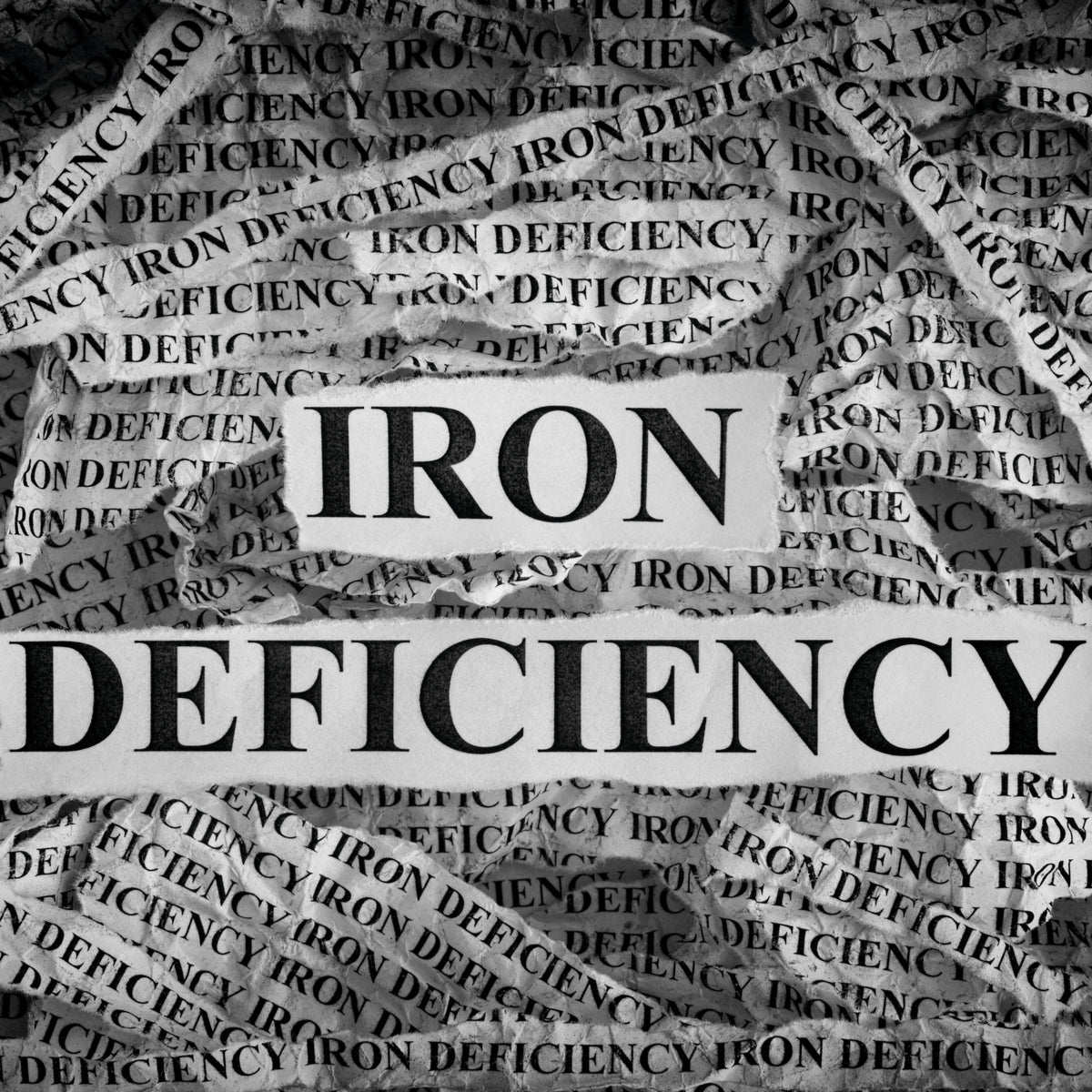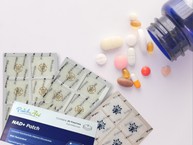Many people live with iron deficiency for years. But you may not know you have it if you do not know the symptoms. If you recognize symptoms and get tested for iron deficiency, you can work with your doctor to treat it. PatchAid Iron Patches are high in organic forms of iron and may be recommended for getting levels back to normal to overcome symptoms.
Common Symptoms of Iron Deficiency
Mild iron deficiency may not be noticeable. More moderate to severe iron deficiency may lead to these symptoms.
- Fatigue and shortness of breath.
- More frequent infections.
- Dizziness and weakness.
- Brittle nails.
- Headaches.
- Cold hands and feet.
Who May Be Iron Deficient?
Iron deficiency is the most common micronutrient deficiency in the world. Many groups are at risk. You may be at risk if you do not eat many foods that are rich in iron, such as these.
- Red meat.
- Spinach and other green leafy vegetables.
- Beans and lentils.
- Nuts.
- Iron-fortified cereals, pasta, and other grains.
You are also likely to be at risk for iron deficiency if you are in one of these groups.
- Female of child-bearing age.
- Pregnant or lactating women.
- Weight loss surgery patients.
- Following a plant-based or vegan diet.
- Endurance athletes.
- Older adults.
- Experiencing bleeding disorders or internal bleeding.
Talk to your healthcare provider if you are in one of those higher-risk groups or if you think you may have an iron deficiency.
Getting Tested for Iron Deficiency
Whether or not you notice symptoms of iron deficiency, it is easy to get tested for it. A standard CBC (complete blood cell) test includes measurements that can give your doctor an idea of whether you may be iron deficient.
You may be iron deficient if your results show:
- Low hematocrit level
- Low hemoglobin level
- Small red blood cells
Your doctor may order additional tests for iron status, such as ferritin level, iron level, and total iron-binding capacity.
Vitamin Patches as a Treatment for Iron Deficiency
An iron-rich diet can lower the risk for developing iron deficiency. And it can help you overcome one. But in most cases, iron supplements are also necessary to get iron levels back to normal.
Avoiding Side Effects with Vitamin Patches
Oral iron supplements, such as tablets and capsules, are known to cause side effects in many people. They can include constipation, diarrhea, and an upset stomach. With a vitamin patch, these side effects are not possible. PatchAid Iron Patches are transdermal. Their iron and other active ingredients are absorbed through the skin instead of being digested as normal.
Iron deficiency is common, but knowing the symptoms can encourage you to get help. Talk with your doctor about getting tested and if you are deficient, ask about PatchAid Iron Patches. They are rich in iron and are easy to use without the usual side effects from oral iron supplements.







